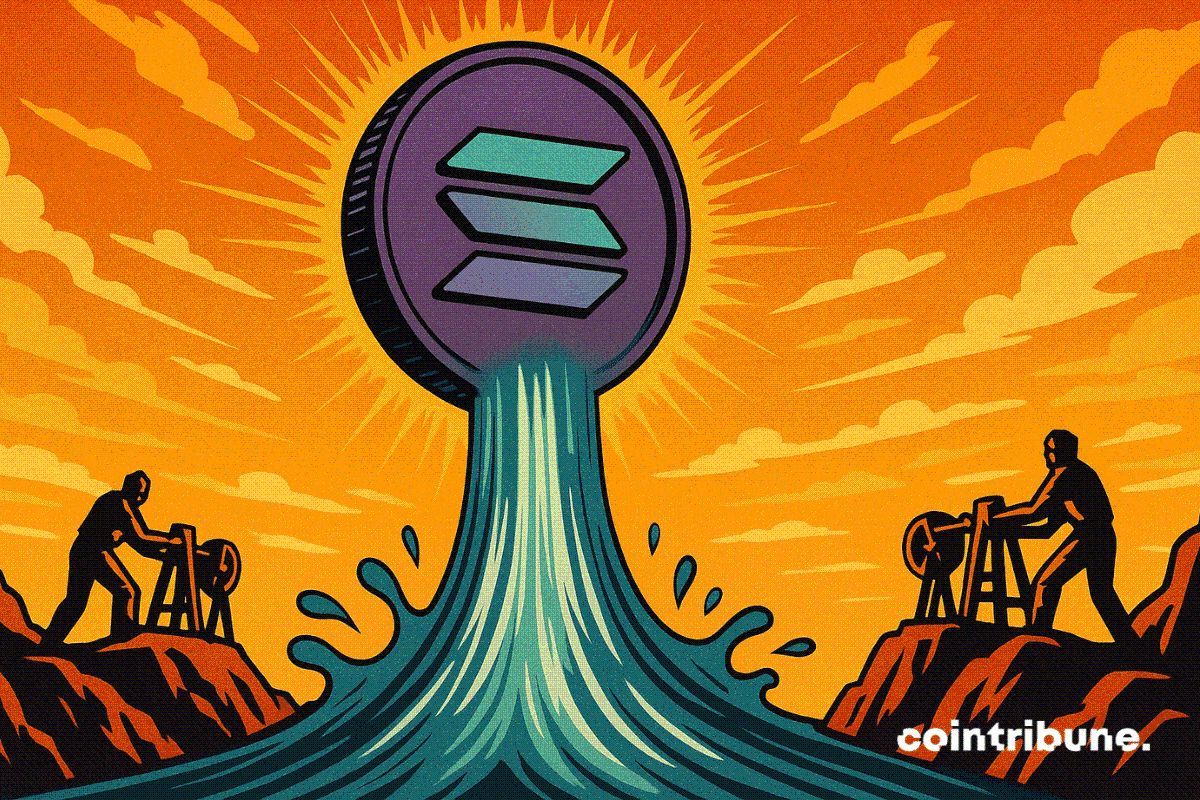Decentralized AI gets boost as OpenGradient integrates Walrus on Sui
AI research lab OpenGradient leveraged the Walrus data storage protocol to make decentralized AI agents.
Centralization is one of the main concerns with AI systems, which is why multiple firms are turning to blockchain to address it. On Wednesday, June 25, OpenGradient announced its integration with Walrus to bring decentralized AI to the Sui Network (SUI) .
OpenGradient will use Walrus’ decentralized storage network to build and run decentralized AI agents. According to the team, the integration enables it to host over 100 AI models across dozens of ecosystems.
Ultimately, the goal of the platform is to make decentralized AI a reality. Matthew Wang, Co-founder and CEO at OpenGradient, explained the advantages of giving users control over their own AI models. Specifically, the models would be private, cheaper to run, and more transparent.
“AI isn’t something that belongs to a handful of massive tech companies; it belongs to users and always has. It’s been our mission to make this idea a reality, giving both seasoned AI developers and everyday consumers the ability to create, modify, and own their own AI models,” Wang, OpenGradient.
AI models need decentralized data: Walrus Foundation
AI models require access to large amounts of data, which is why decentralized storage has become increasingly attractive. Rebecca Simmonds, Managing Executive at Walrus Foundation, highlighted why developers of AI solutions need storage platforms like Walrus.
“The only options that have been available have come with the risks to privacy and control that are inherent to centralized architecture, making it nearly impossible to build truly decentralized models. Our integration with OpenGradient allows us to fill that need, providing a decentralized storage solution for users that puts them back in control of their data,” Simmonds, Walrus Foundation.
Thanks to open storage protocols, users will be able to see exactly what training data goes into an AI model. According to OpenGradient, users and developers can now tap into Walrus data storage to build and train their own models.
Disclaimer: The content of this article solely reflects the author's opinion and does not represent the platform in any capacity. This article is not intended to serve as a reference for making investment decisions.
You may also like
Crypto cards have no future
Having neither the life of a bank card nor the problems of one.

MiCA regulation poorly applied within the EU, ESMA ready to take back control

$674M Into Solana ETF Despite Market Downturn

